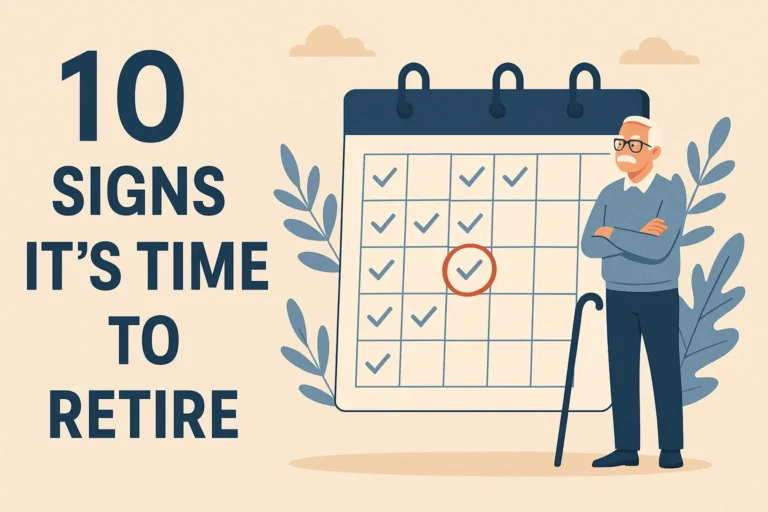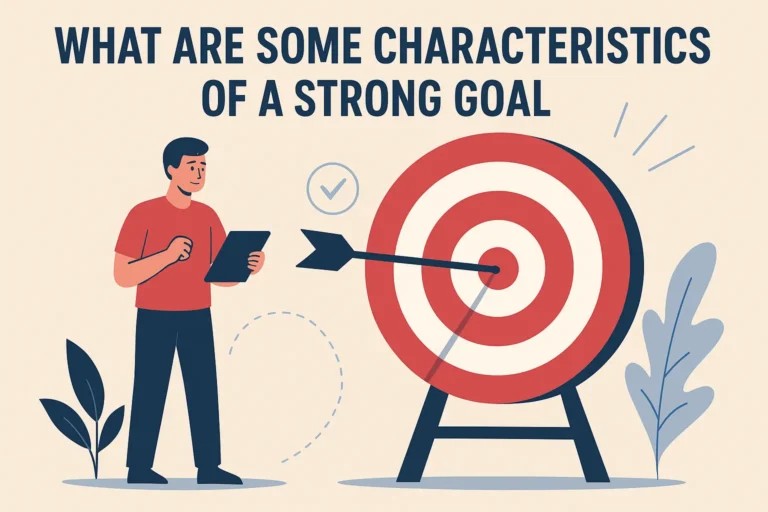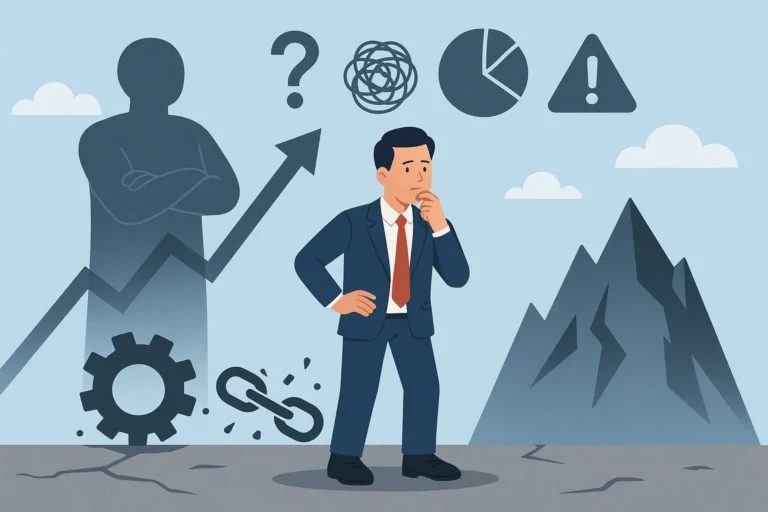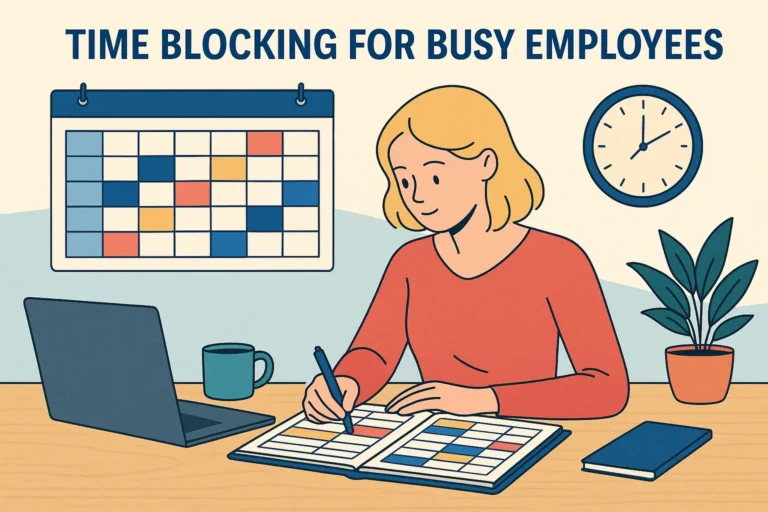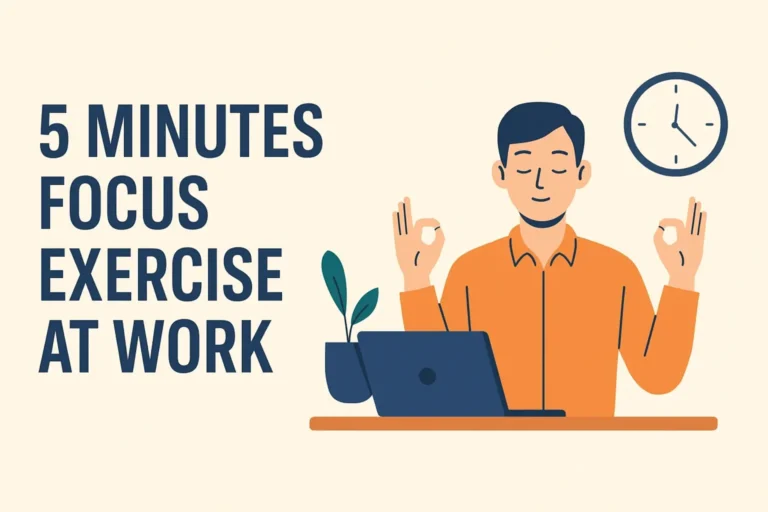What Are Examples of Effective Team Dynamics?

What are examples of effective team dynamics? You’ve likely seen it before—a group that works so well together it seems natural. There’s no drama, no guessing games, and no wasted effort. Just people doing their part, communicating openly, solving problems without power struggles, and actually making progress. These aren’t perfect teams—they’re balanced ones.
When team dynamics are strong, work feels lighter. Even tough projects move smoother because everyone pulls in the same direction. These teams don’t always agree—but they know how to disagree without breaking down. And they don’t wait to be told what to fix—they bring ideas, energy, and responsibility to the table.
Real examples make this easier to see, so let’s get straight into what effective team dynamics actually look like in action.
|
Team Dynamic |
Description |
Real-Life Example |
|---|---|---|
|
Open Communication |
Team members speak honestly without fear of judgment |
A designer admits a missed deadline early for fast recovery |
|
Clear Role Distribution |
Everyone knows their task and boundaries |
A marketing lead owns messaging, not design or tech |
|
Mutual Accountability |
Responsibility is shared, not top-down |
Teammates check in on each other’s progress respectfully |
|
Shared Vision |
All team members align with the main goal |
Everyone prioritizes the product launch deadline |
|
Balanced Participation |
Each member contributes meaningfully |
Meetings include all—not just senior voices |
|
Trust and Safety |
People feel safe sharing thoughts, even uncomfortable ones |
A junior employee suggests an alternative approach freely |
|
Constructive Conflict |
Disagreements are handled without ego or silence |
Two developers disagree on code but resolve with compromise |
What Is Team Dynamics in Simple Terms?
Team dynamics is just a way of describing how people behave in a group. It’s not some complex theory. It’s about the way team members connect, communicate, and contribute. Every team has its own rhythm—and that rhythm either helps things move forward or slows everything down.
It includes things like how decisions are made, how people deal with conflict, who speaks up, who stays quiet, and how roles are balanced. Even something as basic as whether people listen to each other changes the dynamic.
When the dynamic is strong, people feel comfortable, engaged, and valued. When it’s weak, even skilled professionals end up feeling stuck or invisible. So it’s less about who’s in the team—and more about how they work together.
Why Team Dynamics Matter More Than Just Skill
You can fill a team with experts, and it can still fall apart. Why? Because skills alone don’t solve people problems. You might have a designer, a developer, and a manager who are all great at their jobs—but if they can’t communicate well or trust each other, the work suffers.
Good dynamics bridge the gap between talent and execution. They create space for ideas to flow without fear. People take ownership. They speak up. They disagree with respect. And they don’t wait around for someone else to fix issues—they step in.
Strong team dynamics often mean fewer meetings, faster problem-solving, and way less stress. That’s why companies with healthy teams don’t just survive—they grow. It’s not about gathering talent. It’s about getting people to work well together.

Examples of Effective Team Dynamics
Strong teams don’t just run on talent or a well-written project brief. They’re powered by clear behaviors that shape how people work together day to day. You can spot examples of effective team dynamics in the little moments: how feedback is given, how disagreement is handled, or how someone’s silence is treated just as carefully as someone else’s opinion.
You’ll notice these dynamics in teams that don’t waste time guessing or second-guessing. Everyone knows what’s expected, they’re comfortable being honest, and they hold each other to a standard—without power plays or micromanaging. Let’s break that down with real, clear traits that make these dynamics work.
Let’s look at a few more examples where real team chemistry turns into real progress.
1. Open and Honest Communication
Nothing slows a team down like silence or mixed messages. In strong teams, people speak up—early and clearly. They don’t hold back out of fear, and they don’t hide mistakes hoping no one notices. They bring things up, even the uncomfortable stuff.
This doesn’t mean everyone agrees all the time. It means they know how to disagree. Instead of playing it safe or letting things boil under the surface, issues get addressed directly. Questions are welcomed, not punished. Honest input becomes the norm, not the exception.
It’s not about having meetings for the sake of it. It’s about creating space where people can speak their mind—and be heard.
2. Clear Role Distribution
Confusion kills momentum. In well-functioning teams, everyone knows their lane. They’re not left guessing who’s supposed to do what, or dealing with overlapping responsibilities. There’s structure, but it’s not rigid. It’s just clear.
When roles are defined, people stop stepping on each other’s work—and start supporting it. The designer knows what’s expected. The project manager understands the deadlines. The developer knows exactly where to focus. That level of clarity reduces friction and speeds up decision-making.
It also builds trust. When you know someone owns their role, you can focus on your own without constantly checking in or fixing their part.
3. Mutual Accountability
This one’s easy to spot: in a strong team, people don’t pass blame. They take ownership—not because they’re scared of being called out, but because they care about the result.
Accountability is mutual. Everyone checks their part, but also holds others to the same standard. It’s not top-down pressure—it’s peer-level responsibility. That’s the difference. When someone misses a deadline or drops the ball, it’s addressed with fairness and focus—not finger-pointing.
It creates a culture where people step up on their own, without needing constant reminders. That kind of energy lifts the whole team.
4. Shared Goals and Vision
A team pulling in different directions gets nowhere. In teams with effective dynamics, there’s a common goal that everyone sees clearly. They’re not just working on tasks—they’re working toward something they all believe matters.
This shared vision keeps people aligned, even when their roles are different. It cuts down on petty disagreements because there’s a bigger picture in view. People know why their work matters, and how it connects with what others are doing.
When that clarity exists, decisions get easier. Priorities stay in check. And motivation stays high—because everyone’s aiming at the same result.
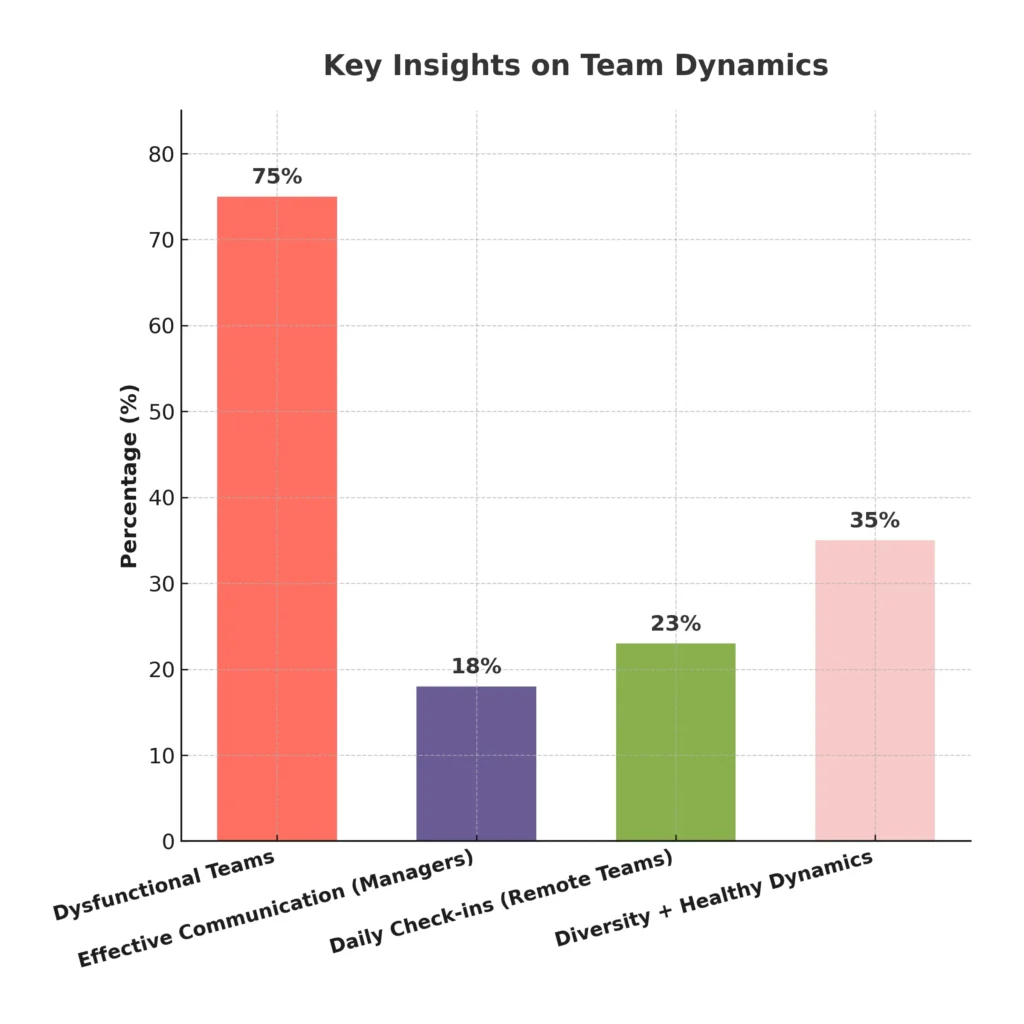
5. Constructive Conflict Resolution
Conflict isn’t the problem—it’s how teams handle it that matters. Teams with healthy dynamics don’t avoid disagreement. They face it head-on, but without turning it into a personal battle.
Instead of blaming or snapping, they ask questions. Instead of shutting down, they explain. Arguments become discussions. People focus on solving the issue—not on winning the conversation.
This kind of setup builds better results. It clears the air, prevents grudges, and actually sharpens the team’s ideas. When people know it’s safe to disagree, they’re more likely to speak honestly—and that honesty leads to smarter decisions.
6. Trust and Psychological Safety
Without trust, teamwork is just surface-level cooperation. But when people feel safe, they contribute fully. They’re not worried about looking foolish, being ignored, or being shut down.
This is called psychological safety, and it’s a quiet force behind many successful teams. It means you can speak your mind, admit a mistake, or say “I don’t know” without being judged.
Teams with this kind of trust move faster. They don’t waste time hiding things or second-guessing each other. They share openly, ask for help, and take risks—because they know they won’t get attacked for it.
7. Balanced Participation
In strong teams, everyone has a voice—not just the loudest person in the room. Ideas aren’t coming from one place; they’re spread out. And no one feels left behind or ignored.
This doesn’t mean everyone talks the same amount. It means everyone contributes in a way that fits them. Some might share ideas in meetings, others might follow up in writing. What matters is that no one feels invisible.
Balanced participation creates smarter teams. It brings in more viewpoints, catches more mistakes early, and makes everyone feel part of the outcome—not just present for the process.
8. Active Listening and Feedback Loops
Talking is easy. Listening well? That’s what separates average teams from great ones. In strong teams, people don’t just wait for their turn to speak. They actually listen, respond thoughtfully, and adjust based on what they hear.
Feedback isn’t a one-way street either. It flows both ways, constantly. Team members ask for it, accept it, and give it without making it personal. These loops—where feedback is normal and useful—keep the team sharp and growing.
Instead of waiting for performance reviews or problems to pile up, strong teams keep the conversation open. It helps people course-correct fast and keeps the group aligned without surprises.
Did You Know?
Teams with high psychological safety are 27% more likely to be high-performing. Trust and openness matter more than technical skill when it comes to team output.
Group Dynamics Examples in Different Settings
Effective team dynamics show up in every kind of team, but how they play out depends on the setting. What works in a project group might look different in a long-term workplace team. And remote teams? They need extra attention to keep people connected. Still, the core behaviors stay the same: communication, trust, accountability, and clarity. Let’s break it down.
Workplace Team
In a regular workplace team, people usually work together for the long haul. They’re not just handling one task—they’re juggling multiple priorities over time. Here, group dynamics show in how well the team adapts to changes, gives feedback, and handles daily pressure.
An effective dynamic in this setting looks like:
- Weekly check-ins where everyone’s voice is heard
- Clear expectations for each role
- Room to raise concerns without fear of pushback
- Celebrating wins without turning it into competition
Strong dynamics here reduce burnout and help teams navigate growth, turnover, or shifting goals without falling apart.
Project Group
Project groups are often temporary. People from different departments or backgrounds come together to complete a task, then disband. The challenge? They need to build trust fast.
A few ways strong dynamics show up:
- A shared kickoff that defines roles and deadlines clearly
- Regular updates to prevent confusion or delays
- Respect for each person’s expertise, even without deep history
Since time is limited, successful groups focus on fast communication, quick alignment, and delivering results without micromanaging each other.
Remote Team Collaboration
Remote teams rely on trust and clarity even more than in-person teams. There are fewer chances to read body language or catch up casually. So the team dynamic has to be intentional.
What works here:
- Short, focused meetings with clear agendas
- Active use of async tools (like comments, task boards, or shared docs)
- Regular check-ins that go beyond work—to build connection
- Clear expectations around availability and response time
In remote settings, silence can feel like disconnection. Teams with strong dynamics stay visible, responsive, and respectful of time zones and work styles.
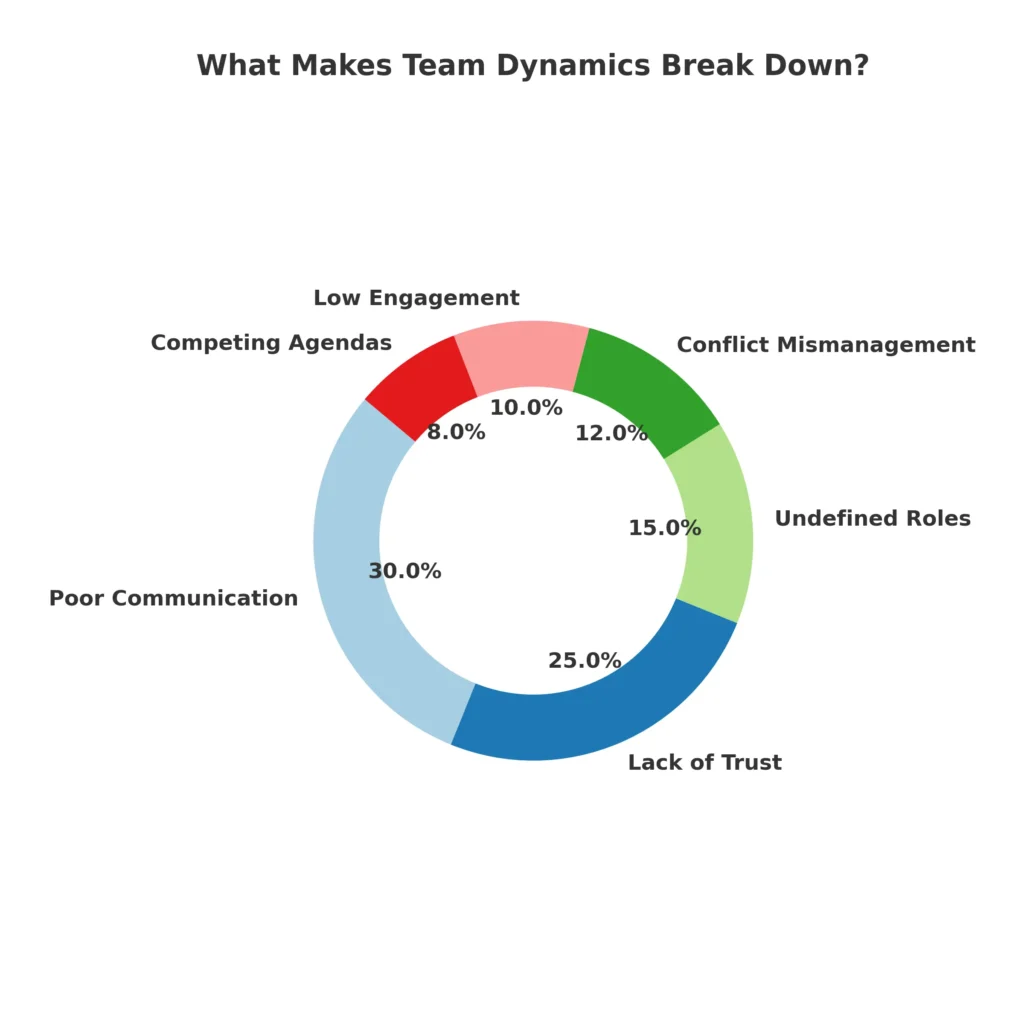
What Makes Team Dynamics Break Down?
Even good teams can slip. Dynamics break down when one or more pieces fall out of balance. It’s not always about people fighting—it’s often quieter than that.
Here’s what usually causes it:
- Poor communication: Confusion, silence, or unclear feedback
- Lack of accountability: Deadlines get missed, but no one speaks up
- Undefined roles: People double up—or miss tasks entirely
- Unequal participation: A few dominate, others check out
- Unspoken conflict: Tension grows, but no one addresses it
Sometimes it’s one issue. Often, it’s a mix. And if not spotted early, the team’s progress slows, and morale drops without anyone saying it out loud.
Simple Ways to Strengthen Team Dynamics
Building better team dynamics isn’t about making everyone best friends. It’s about creating a space where people feel confident doing their best work together.
Here are some simple, proven ways to strengthen that:
- Set expectations early: Don’t wait for problems—be clear from day one.
- Give and ask for feedback: Make it normal, not uncomfortable.
- Make space for every voice: Rotate who leads meetings or decisions.
- Address tension quickly: Don’t hope it goes away—talk it through.
- Celebrate progress often: Not just big wins—acknowledge the small ones too.
Even small shifts in behavior make a big difference over time. When people feel heard, trusted, and clear on what they’re doing, teams become more than just a group of names on a task list—they become productive, reliable, and enjoyable to be part of.
Conclusion
Strong team dynamics aren’t built overnight. They’re shaped through everyday behaviors—how people speak, listen, handle setbacks, and support each other. When dynamics work, the team works. Tasks move faster, meetings get shorter, and people show up with more energy and purpose.
But when dynamics break, even a skilled group can slow to a crawl. That’s why knowing what effective team dynamics look like in action is more than a soft skill—it’s essential. Whether you’re leading a project or contributing quietly behind the scenes, your awareness of these dynamics can shape outcomes far beyond the task at hand.
So if you’re part of a team right now, take a closer look at how it moves. You’ll likely see room for a few small changes. And those changes? They add up fast.
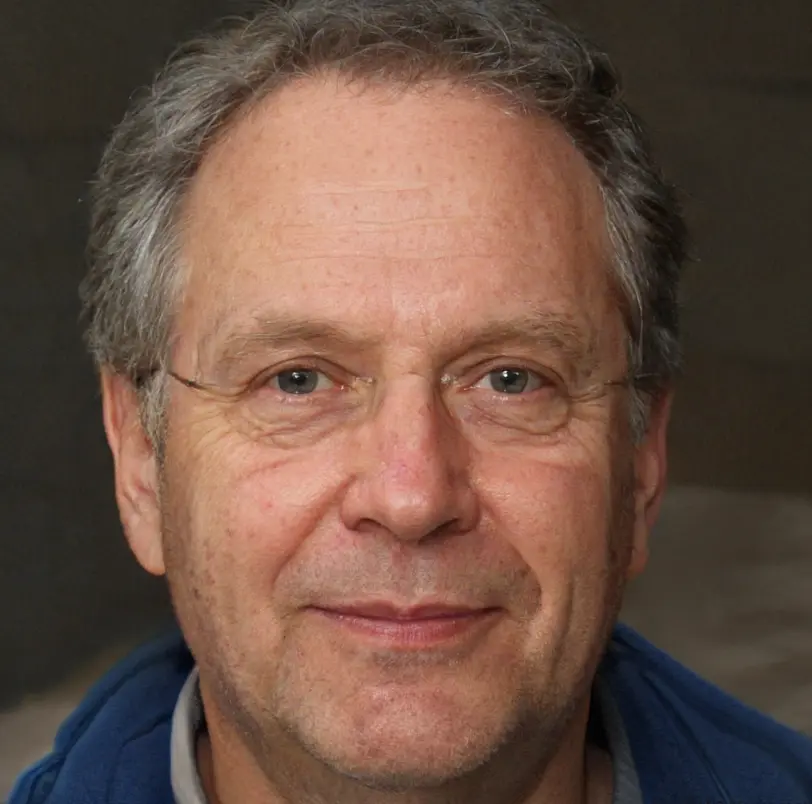
About the Author
Jonathan Savage is a leadership strategist who helps teams boost performance through clarity and structure. At SmartSuccessGuide.com, he shares proven frameworks for building focused, high-performing teams that deliver real results.


